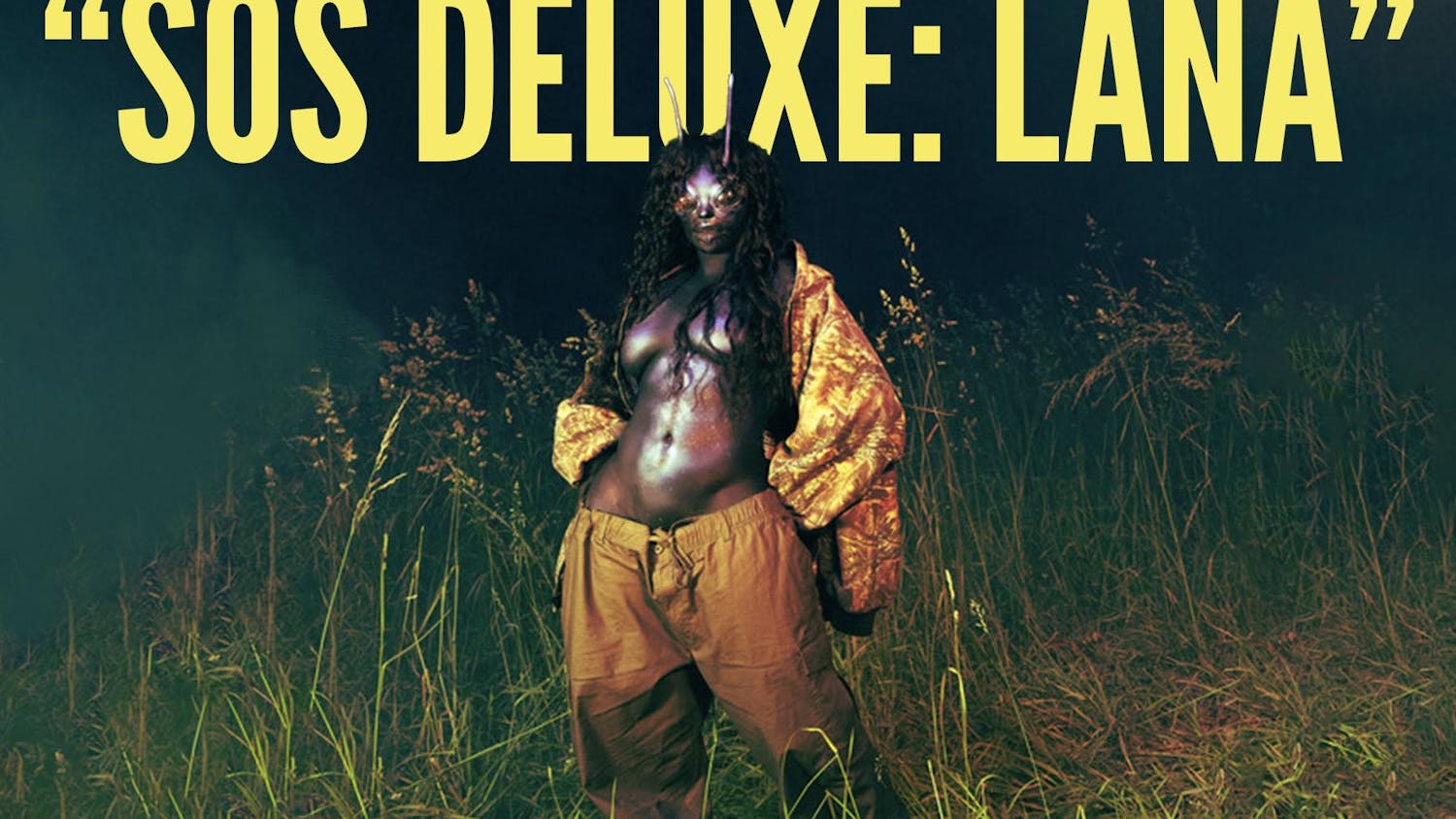
Netflix’s new six-part docuseries “Cheer,” directed by Greg Whiteley, follows the cheerleaders of Navarro College, a small junior college located in Corsicana, Texas, for the action-packed months leading up to the only competition that matters: the two minutes and 15 seconds Navarro Cheer will have at the annual national championships in Daytona Beach, Fla.
Because of Monica Aldama, the Bill Belichick of college cheer, Navarro is the top ranked college cheer team in the nation. However, due to Aldama and her team, we quickly come to learn that cheerleading is much more than sparkles and pom-poms. Various cheerleaders suffer from a variety of injuries — from emotional breakdowns to concussions to broken bones — throughout the season. “Cheer” provides a very real perspective of not only what it takes to win, but also the people behind the perfect makeup and uniforms. Although Aldama works hard to make her team flawless for Daytona, we soon come to realize that every member on her team has had to overcome extreme obstacles to be there. From abusive families to time spent in jail, Navarro Cheer has seen it all. “Those are my kids, I’ll fight tooth and nail for them,“ Aldama says.
Although it might seem rather disheartening to sit on your couch watching men and women break their bones to pursue a sport that has no career path, as the Navarro cheerleaders often point out, you can’t help but be glued to your couch. As an assistant coach points out, cheerleading is one of the most dangerous sports in the league. The NCAA, however, doesn’t acknowledge cheerleading as a varsity sport, so its regulations and safety guidelines do not extend to it. Consequently, teams and coaches push for more difficult, and thus dangerous, choreography, causing injuries to rise even further. Therefore, it’s easy to understand why athletes push themselves to the breaking point for two minutes and 15 seconds.
Knowing their heartbreaking stories and the physical and mental damage athletes go through, you can’t help but marvel at Navarro’s routine. Whiteley, closely capturing each stunt, makes you feel like you’re on the mat with Navarro, your stomach dropping with every basket and every pyramid. Furthermore, Whiteley's direction is something to be marveled at: each athlete’s intense, empowering past is carefully placed in the narrative of the docuseries to correspond with the drama and feats of their preparation for Daytona. As Jerry, a vibrant, kind, motivated “stunter,” is working hard to make it “on mat,” — a term used frequently that means whether or not the cheerleader will be one of the 20 out of 40 to perform the routine at Daytona — we are wrapped up in his childhood experience: after his single mom gave up everything to fund Jerry’s cheerleading, she tragically died, leaving Jerry an orphan. This ingenious juxtaposition will cause you to jump, scream, yell and cry with the Navarro team. You will feel every concussion, every broken rib, every setback. “Cheer” is such a successful docu-series because Whiteley masterfully captures complex, contradictory emotions: the pain with beauty, the power with vulnerability, the tragedy with success.
Needless to say, I applaud Whiteley, Aldama and Navarro Cheer for such an amazing story and adaptation. “Cheer” is one of the best documentaries, one of the best tv shows, one of the best stories that I have ever seen. It is a humbling story that everyone will benefit from watching. Be prepared to have the sudden desire to be a flyer, to start mat-talking with Jerry and to follow the cheer-lebrities on Instagram. And, by episode six, you will be in tears, so grab some tissues.
“Cheer”
Created by: Greg Whiteley
Where to watch: Netflix
Favorite episode: “Daytona”
If you like: “Friday Night Lights,” “Last Chance U,” “Spinning Out”
Shamrocks: 5/5
Read More
Trending









